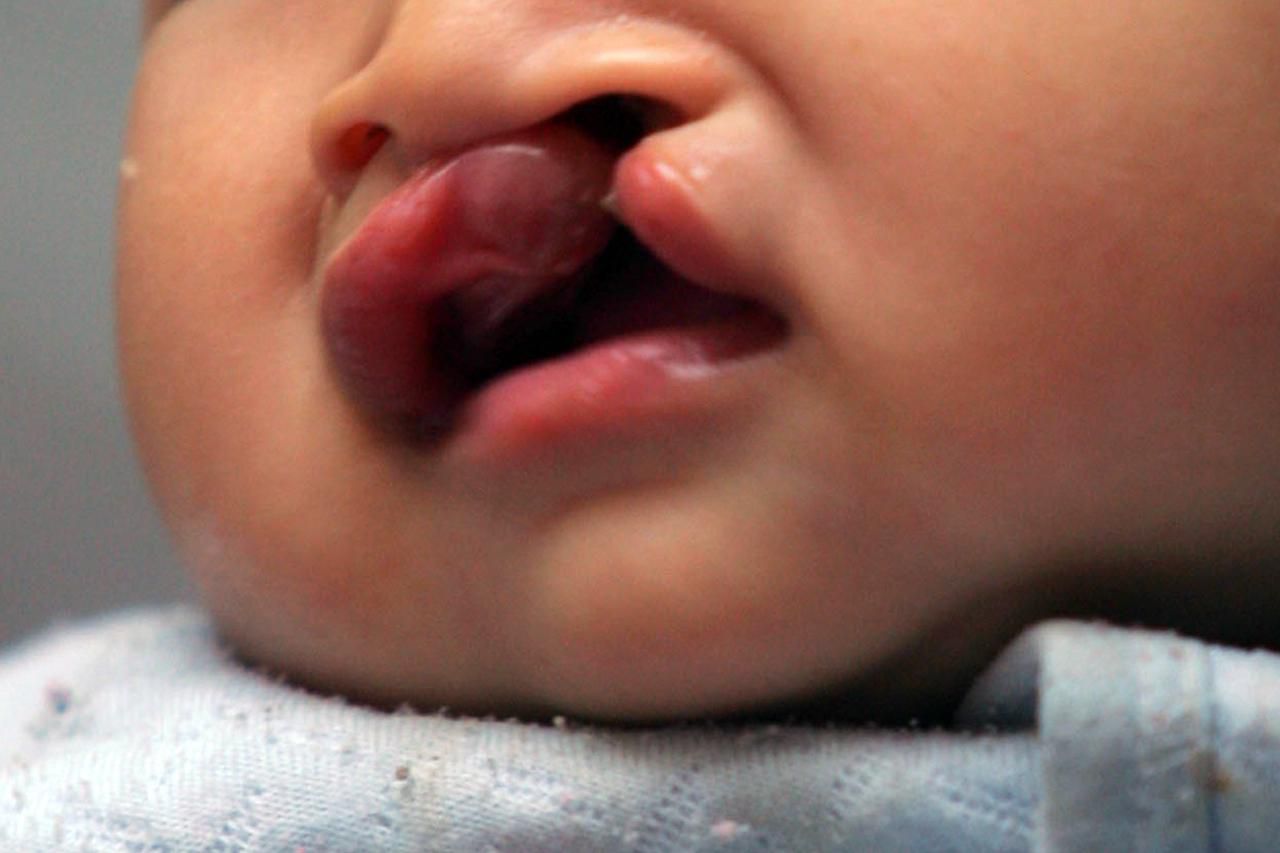
Oral-facial clefts are among the most common birth defects, affecting thousands of babies each year. These conditions occur when a baby’s lip or mouth doesn't form properly during pregnancy. Cleft lips and cleft palates can lead to difficulties with eating, speaking, and even hearing. But what exactly causes these clefts? Genetics play a significant role, but environmental factors like smoking, diabetes, and certain medications during pregnancy can also contribute. Treatments often involve surgery, speech therapy, and dental care. Understanding these facts can help reduce stigma and provide better support for affected families. Ready to learn more? Let’s dive into 25 essential facts about oral-facial clefts.
Key Takeaways:
- Oral-facial clefts are common birth defects affecting eating, speaking, and hearing. Genetics, environmental factors, and early intervention play crucial roles in treatment and management.
- Support and advancements in research are improving the lives of individuals with oral-facial clefts. Awareness, genetic research, nonprofit organizations, and community support are making a positive impact.
What is an Oral-Facial Cleft?
Oral-facial clefts are birth defects where a baby's lip or mouth doesn't form properly during pregnancy. These conditions can affect eating, speaking, and even hearing. Let's dive into some fascinating facts about oral-facial clefts.
-
Oral-facial clefts are among the most common birth defects. Every year, thousands of babies are born with cleft lips or palates worldwide.
-
Cleft lips and palates can occur separately or together. A baby can have a cleft lip, a cleft palate, or both.
-
The exact cause of oral-facial clefts is unknown. Genetics and environmental factors both play a role.
-
Clefts can be detected before birth. Ultrasounds can sometimes identify clefts during pregnancy.
Types of Oral-Facial Clefts
Understanding the different types of oral-facial clefts helps in grasping the complexity of these conditions. Each type has unique characteristics and challenges.
-
Cleft lip can be unilateral or bilateral. Unilateral clefts affect one side of the lip, while bilateral clefts affect both sides.
-
Cleft palate involves the roof of the mouth. This type of cleft can affect the hard palate, soft palate, or both.
-
Submucous cleft palate is less visible. The cleft is covered by the lining of the roof of the mouth, making it harder to detect.
-
Bifid uvula is a mild form of cleft palate. The uvula, the small flesh hanging at the back of the throat, is split.
Causes and Risk Factors
While the exact cause remains unknown, several factors increase the risk of a baby being born with an oral-facial cleft.
-
Genetics play a significant role. If a parent has a cleft, the child is more likely to have one.
-
Environmental factors can contribute. Smoking, alcohol use, and certain medications during pregnancy increase the risk.
-
Nutritional deficiencies are linked to clefts. Lack of folic acid during pregnancy can lead to oral-facial clefts.
-
Diabetes in mothers increases the risk. Pregnant women with diabetes have a higher chance of having a baby with a cleft.
Treatment and Management
Treating oral-facial clefts involves a team of specialists. Early intervention is crucial for the best outcomes.
-
Surgery is the primary treatment. Most children with clefts will need multiple surgeries over several years.
-
Speech therapy is often necessary. Many children with clefts require help to develop normal speech.
-
Dental care is crucial. Regular dental visits help manage issues with teeth alignment and oral hygiene.
-
Hearing problems are common. Children with cleft palates often have fluid buildup in the middle ear, leading to hearing loss.
Impact on Daily Life
Living with an oral-facial cleft can present various challenges. However, with proper care and support, individuals can lead fulfilling lives.
-
Feeding can be difficult for infants. Special bottles and nipples help babies with clefts feed more easily.
-
Social interactions can be affected. Children with visible clefts may face bullying or social stigma.
-
Self-esteem issues are common. Support groups and counseling can help children and adults cope.
-
Educational support may be needed. Some children with clefts might require special education services.
Advances in Research and Support
Ongoing research and support networks are improving the lives of those affected by oral-facial clefts.
-
Genetic research is advancing. Scientists are identifying specific genes linked to clefts.
-
Nonprofit organizations provide support. Groups like Smile Train and Operation Smile offer resources and surgeries for children worldwide.
-
Awareness campaigns are increasing. Efforts to educate the public about clefts help reduce stigma.
-
Technological advancements improve outcomes. 3D printing and advanced imaging techniques aid in surgical planning.
-
Community support is vital. Families and individuals benefit greatly from connecting with others facing similar challenges.
The Final Word on Oral-Facial Clefts
Oral-facial clefts, including cleft lip and cleft palate, are more than just physical conditions. They affect speech, eating, and even emotional well-being. Early diagnosis and treatment can make a world of difference. Surgical interventions often start in infancy, followed by speech therapy and other supportive treatments. Awareness and understanding are crucial for supporting those affected. Remember, clefts are not anyone's fault; they result from a mix of genetic and environmental factors. With advances in medical science, most individuals with clefts lead healthy, fulfilling lives. If you or someone you know is dealing with this condition, seek out specialized care and support groups. Knowledge is power, and the more we know, the better we can help.
Frequently Asked Questions
Was this page helpful?
Our commitment to delivering trustworthy and engaging content is at the heart of what we do. Each fact on our site is contributed by real users like you, bringing a wealth of diverse insights and information. To ensure the highest standards of accuracy and reliability, our dedicated editors meticulously review each submission. This process guarantees that the facts we share are not only fascinating but also credible. Trust in our commitment to quality and authenticity as you explore and learn with us.
